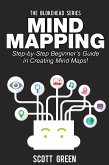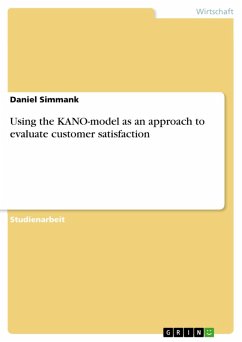Essay from the year 2006 in the subject Business economics - Offline Marketing and Online Marketing, grade: 9/10, Radboud Universiteit Nijmegen, course: Global Marketing, language: English, abstract: As Gutman points out in the introduction to his early article on consumer categorization processes, "knowing that consumers want to look well dressed doesn't tell us much unless we know why they want to look that way" (Gutman, 1982). Specifically, this points towards the problem of identifying the value-level considerations of consumers. The underlying assumption is that consumers have different reasons to buy a certain product, in the case of clothing for instance, these include but are not limited to wanting to express sexual attractiveness, accomplishment or neatness (Gutman, 1982) While these general problems are not new to marketers, they are enhanced by rapid developments towards two opposing forces in the market place that create additional complexity: on the one hand, tendencies towards a global-consumer culture with similar demands, while at the same time some aspects call for a higher tendency to localize products and to tailor them around the needs for given cultural segments. Consumer research is undoubtedly one of the key elements in informing marketing strategy and a key factor in the battle for competitive advantage. In fact this is only heightened by a growing, globalizing competition in retailing and other sectors alike. Therefore, consumer research and the need for insightful research approaches has probably never been greater than at this point (Devlin, 2005). Marketing failures in the product design or in the positioning phase must be prevented at all costs, as ill-designed or positioned products can be the cause of tremendous financial and reputational losses, especially if the product is launched globally. Thus, of particular value to retailers would be a more sophisticated research approach that helps gain a deeper and more meaningful understanding of the dynamics of consumer's perceptual orientations and the heuristics that govern their store choice (Devlin, 2005). All in all, "one of the central functions of marketing is to create [...] a psychological relationship between consumers and a product (Walker & Olson, 1991) and from this perspective, models should give the marketer an idea how the consumer perceives a product or a service. In this light, this essay will discuss the value of the so-called means-end chain approach to positioning products and new-product development, with a separate focus on the use of hierarchical-value map.
Dieser Download kann aus rechtlichen Gründen nur mit Rechnungsadresse in A, B, BG, CY, CZ, D, DK, EW, E, FIN, F, GR, HR, H, IRL, I, LT, L, LR, M, NL, PL, P, R, S, SLO, SK ausgeliefert werden.









